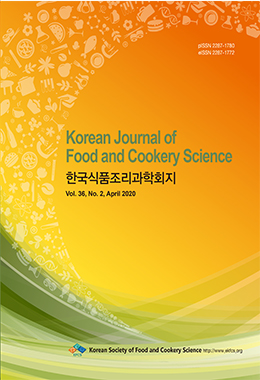Purpose: The purpose of the study was to examine the association between image-based SNS restaurant information characteristics, consumers’ attitudes toward information and purchase intention to suggest a proper marketing communication strategy for the restaurant industry. Methods: The data was collected by an online survey for six days. Multiple regression analysis and stepwise regression analysis were mainly used to analyze the relationships of the variables with a total of 413 sets of responses. Results: All four of image-based SNS restaurant information characteristics had significantly positive effects on purchase intention (p<0.001). Information characteristics of sharing, usefulness, and conciseness had a positive effect on consumers’ sympathetic attitude (p<0.01). On the other hand, all four characteristics including reliability had an influence on opinion-leading attitude (p<0.05). Consumers’ both sympathetic and opinion-leading attitudes had positive effects on purchase intention and revealed partial mediating effects on the relationship between image-based SNS restaurant information characteristics and consumers’ purchase intention. Conclusion: As a result, consumers with sympathetic or opinion-leading attitudes may have an influence on the eWOM(Electronic word of mouth) effect, and especially the suggestion of consumers with opinion-leading attitude had the stronger influence on other consumers’ purchase behavior. In conclusion, information produced by consumers is considered more credible than the information offered by restaurants.




